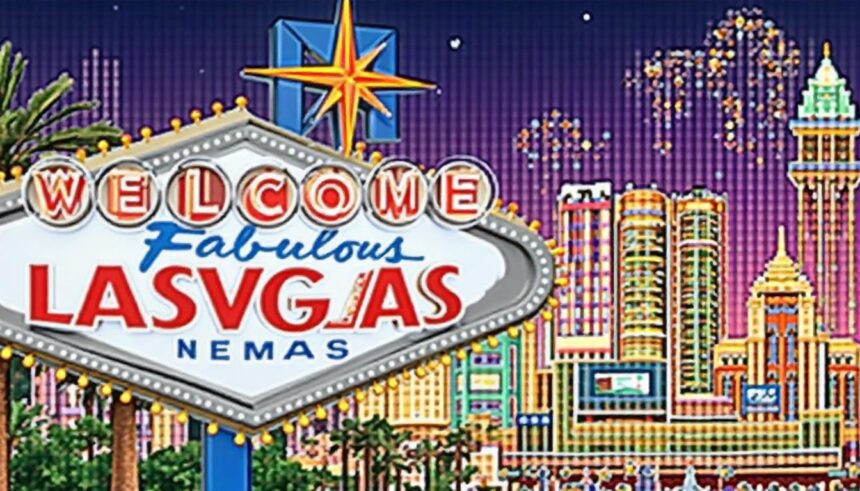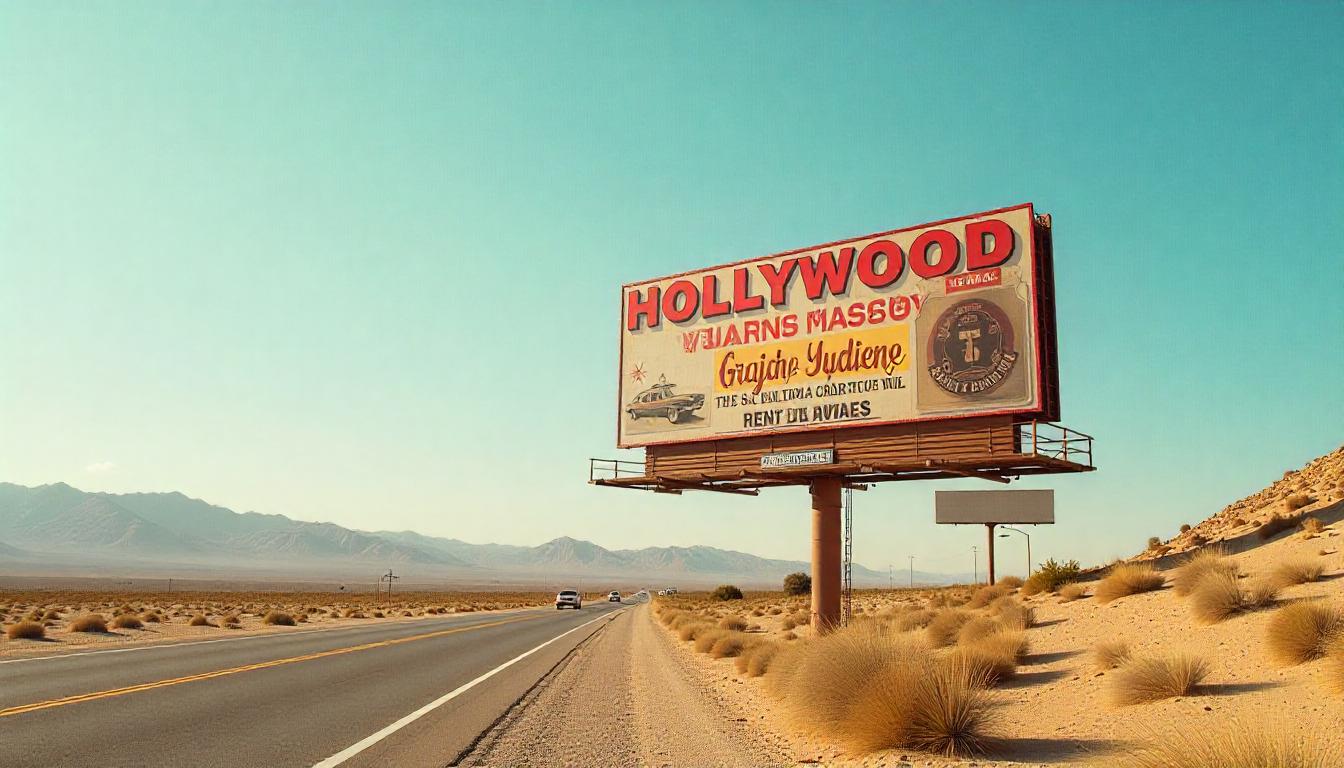Las Vegas, famously known as “The Entertainment Capital of the World,” is home to some of the most luxurious and iconic casinos globally. As of 2025, the city boasts approximately 150 casinos, offering a variety of gaming experiences. These casinos are strategically located across three primary areas: the Las Vegas Strip, Downtown Las Vegas, and off-Strip locations. With its ever-evolving landscape, Las Vegas continues to be a top destination for gamblers and tourists alike.
Breakdown of Casinos by Location
1. The Las Vegas Strip
The Las Vegas Strip is the most famous gambling destination, stretching over 4.2 miles and home to the largest and most luxurious casinos. Some of the most notable include:
- Bellagio
- Caesars Palace
- MGM Grand
- The Venetian
- Wynn Las Vegas
The Strip alone houses over 30 major casinos, accounting for a significant portion of the city’s gaming revenue. The dazzling lights, world-class entertainment, and high-stakes gambling attract millions of visitors each year. In addition to casinos, the Strip features some of the best luxury hotels, high-end shopping malls, and Michelin-starred restaurants.
2. Downtown Las Vegas
Located around Fremont Street, Downtown Las Vegas offers a mix of old-school charm and modern casinos. Some of the most well-known establishments include:
- Golden Nugget
- The D Las Vegas
- Circa Resort & Casino
- El Cortez
- Binion’s Gambling Hall
Downtown Las Vegas is home to approximately 20 casinos, attracting visitors looking for a classic Vegas experience. Unlike the Strip, Downtown casinos often have lower table limits and a more relaxed atmosphere. Fremont Street is also known for its historic significance, being the original heart of Las Vegas gambling before the rise of the Strip.
3. Off-Strip Casinos
Away from the main tourist hubs, off-Strip casinos cater to locals and travelers seeking a quieter gaming experience. These casinos include:
- Red Rock Casino Resort & Spa
- Green Valley Ranch
- South Point Casino
- The Orleans
- Palace Station
There are around 100 off-Strip casinos, making up the majority of Las Vegas’ gambling establishments. These casinos often provide a more affordable and casual gaming experience, attracting both tourists and residents. Many of these locations offer local promotions, lower betting limits, and a more intimate ambiance than their Strip counterparts.
Casinos by Category
1. Resort Casinos
Resort casinos are large-scale establishments that combine luxury accommodations, entertainment, shopping, and dining with gambling. These casinos often feature stunning architecture, massive gaming floors, and extravagant pools. Examples include:
- The Venetian
- The Cosmopolitan
- Wynn Las Vegas
2. Local Casinos
Local casinos cater primarily to residents, offering a more casual gaming environment with lower stakes and fewer tourist attractions. These casinos focus on affordability and convenience. Examples include:
- Green Valley Ranch
- South Point Casino
- Sam’s Town
3. Luxury Casinos
These high-end casinos cater to VIPs and high rollers, offering premium services, exclusive suites, and private gaming areas. Many of these casinos have dedicated high-limit rooms, lavish interior designs, and five-star service. Examples include:
- Aria Resort & Casino
- Encore at Wynn Las Vegas
- Bellagio High Limit Lounge
4. Budget-Friendly Casinos
For those looking to enjoy Las Vegas on a budget, these casinos offer affordable accommodations, dining, and gaming options. While they may lack the grandeur of luxury resorts, they provide great value for money. Examples include:
- Circus Circus
- Casino Royale
- Ellis Island Casino & Brewery
Changes in the Number of Casinos Over Time
Over the decades, the number of casinos in Las Vegas has evolved due to economic shifts, mergers, and new developments:
- 1970s-1980s: The rise of mega-resorts started with properties like The Mirage.
- 1990s-2000s: Rapid expansion of luxury casinos such as Bellagio and Wynn Las Vegas.
- 2010s-Present: Older casinos have been replaced by larger, more modern resort-style properties.
Many older establishments, such as the Riviera and Stardust, have been demolished to make way for newer, more extravagant resorts. The focus has shifted towards integrating high-end entertainment, fine dining, and non-gaming revenue streams, making Las Vegas more than just a gambling hub.
Major Casino Brands & Market Share
Las Vegas’ casino industry is dominated by a few key players:
- MGM Resorts International (Owns Bellagio, MGM Grand, Mandalay Bay, and more)
- Caesars Entertainment (Owns Caesars Palace, Paris Las Vegas, The LINQ, and others)
- Las Vegas Sands Corporation (Previously owned The Venetian, now sold to Apollo Global Management)
- Wynn Resorts (Owns Wynn Las Vegas and Encore)
These companies own the majority of casinos on the Strip and contribute billions in annual revenue. They are also responsible for shaping the future of the city’s entertainment and hospitality industries.
Interesting Statistics on Las Vegas Casinos
- Annual gaming revenue: Over $14 billion
- Annual visitors: Approximately 40 million
- Largest casino: Wynn Las Vegas (191,424 sq. ft. of gaming space)
- Number of slot machines in Las Vegas: Over 200,000
- Average gambling budget per visitor: $500-$600
Las Vegas remains a premier destination for entertainment, with gambling being a major attraction. However, other revenue sources like concerts, nightclubs, and fine dining have become increasingly important.
FAQs
As of 2025, there are approximately 150 casinos in Las Vegas.
There are over 30 major casinos on the Strip, housing the largest and most luxurious resorts.
The Wynn Las Vegas has the largest gaming floor, covering 191,424 square feet.
Yes, new casinos continue to open, with several high-profile developments in the works, including Fontainebleau Las Vegas and Durango Casino & Resort.
While the total number has remained relatively stable, older casinos have been replaced by modern mega-resorts, reflecting industry trends toward large, multi-purpose properties.









